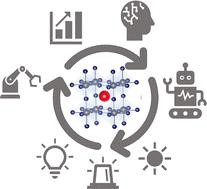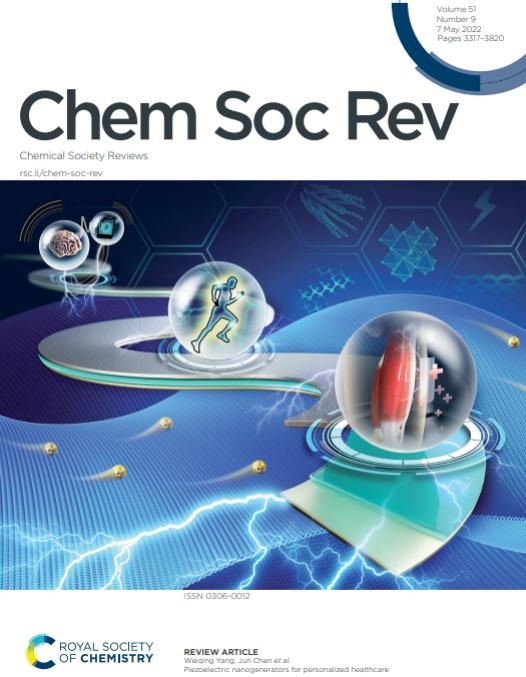An AI-accelerated pathway for reproducible and stable halide perovskites
IF 39
1区 化学
Q1 CHEMISTRY, MULTIDISCIPLINARY
引用次数: 0
Abstract
Halide perovskites (HPs) have remarkable optoelectronic properties, and in the last decade their photovoltaic power conversion efficiency and light-emitting diode efficiency have skyrocketed. Despite the surge in research on these burgeoning materials, two key challenges in the field remain: material irreproducibility and instability. Their behavior is especially dynamic in response to environmental stressors, due to complex interactions with the perovskite crystal lattice. In this review, we survey the latest achievements in HP materials research accomplished with the assistance of artificial intelligence (AI), through the implementation of automated experimentation and machine learning (ML) data analysis. Automated synthesis and characterization tackle problems with material irreproducibility by systematically controlling parameters with very high precision, creating massive datasets, and allowing methodical comparisons from which unbiased conclusions can be drawn. AI can reveal otherwise unnoticed trends, inform future experiments with the highest potential information gain, and forecast future performance. The review concludes with a forward viewpoint of how human-assisted closed-loop laboratories and shared databases allow halide perovskite materials’ processing, properties, and performance to be potentially optimized with AI, accelerating the development of highly reproducible and stable optoelectronic devices.

人工智能加速再生和稳定卤化物钙钛矿的途径
卤化物钙钛矿(HPs)具有显著的光电性能,近十年来其光伏功率转换效率和发光二极管效率都有了突飞猛进的发展。尽管对这些新兴材料的研究激增,但该领域仍然存在两个关键挑战:材料的不可重复性和不稳定性。由于与钙钛矿晶格的复杂相互作用,它们的行为在响应环境压力时尤其动态。在这篇综述中,我们通过实施自动化实验和机器学习(ML)数据分析,综述了在人工智能(AI)的帮助下完成的HP材料研究的最新成果。自动化合成和表征通过系统地高精度控制参数,创建大量数据集,并允许从中得出无偏结论的系统比较来解决材料不可重复性问题。人工智能可以揭示其他被忽视的趋势,为未来的实验提供最高潜在信息增益,并预测未来的表现。该综述总结了人类辅助闭环实验室和共享数据库如何允许卤化物钙钛矿材料的加工、特性和性能通过人工智能进行潜在优化的前瞻性观点,从而加速了高度可重复性和稳定的光电器件的开发。
本文章由计算机程序翻译,如有差异,请以英文原文为准。
求助全文
约1分钟内获得全文
求助全文
来源期刊

Chemical Society Reviews
化学-化学综合
CiteScore
80.80
自引率
1.10%
发文量
345
审稿时长
6.0 months
期刊介绍:
Chemical Society Reviews is published by: Royal Society of Chemistry.
Focus: Review articles on topics of current interest in chemistry;
Predecessors: Quarterly Reviews, Chemical Society (1947–1971);
Current title: Since 1971;
Impact factor: 60.615 (2021);
Themed issues: Occasional themed issues on new and emerging areas of research in the chemical sciences
 求助内容:
求助内容: 应助结果提醒方式:
应助结果提醒方式:


